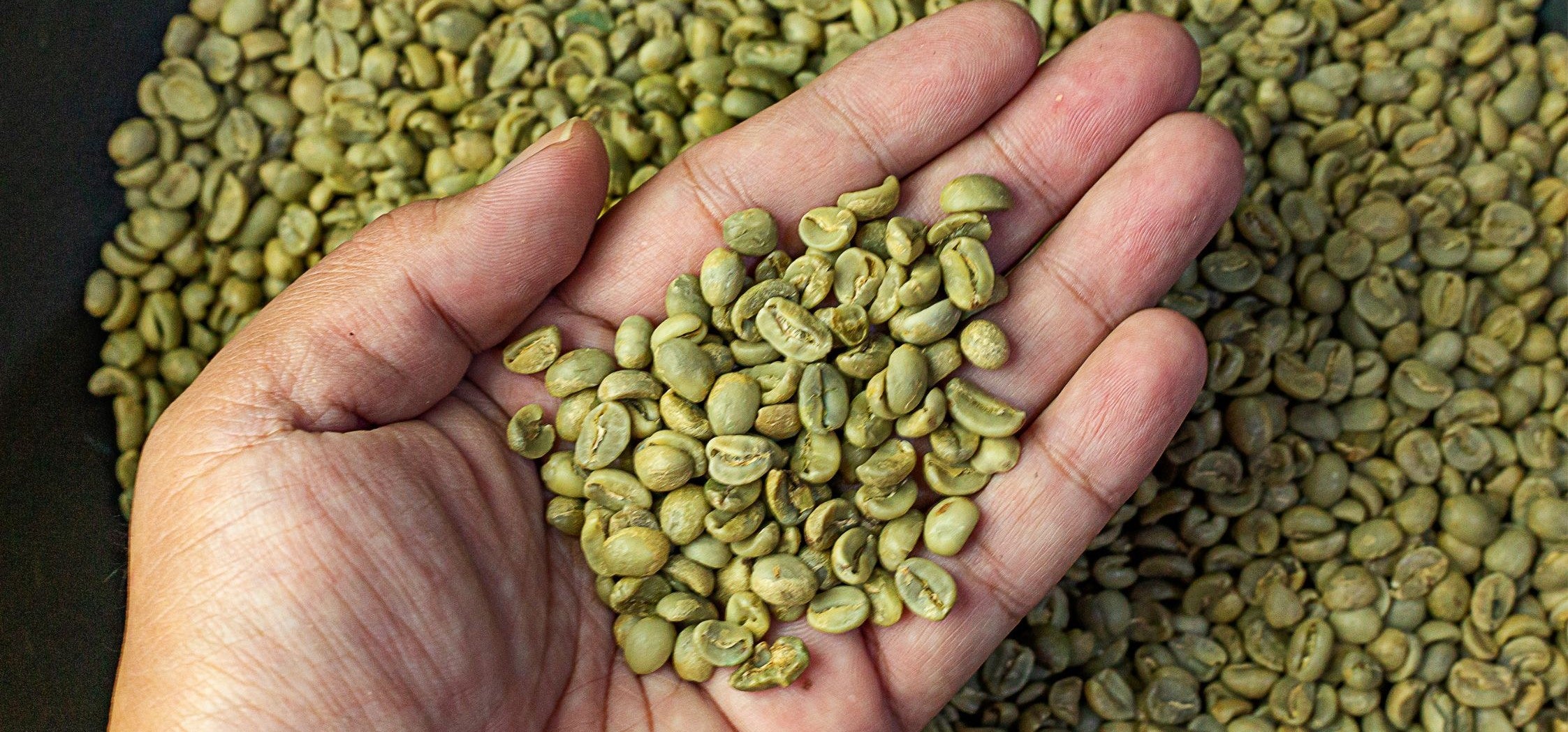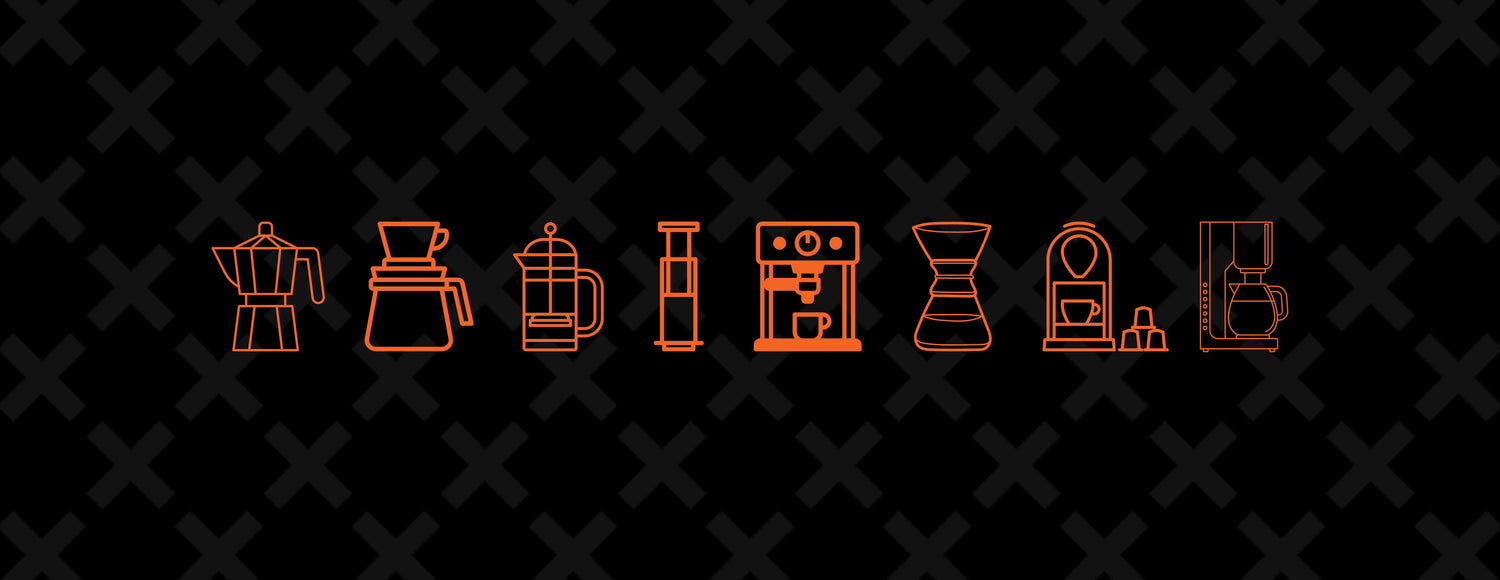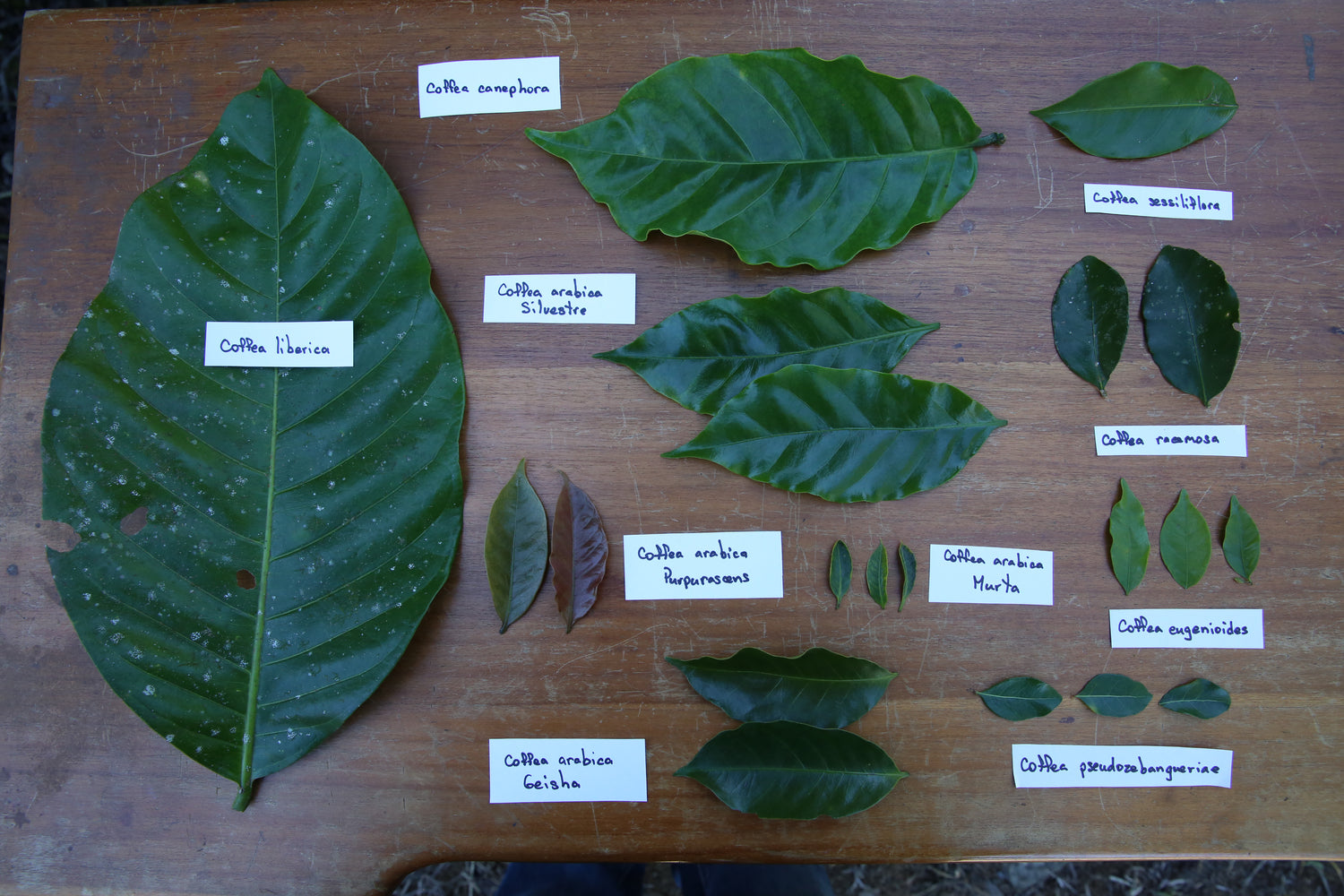Bean
What is a Coffee Bean?
A coffee bean is the seed of the coffee plant's fruit, commonly called a coffee cherry. Despite its name, it's not actually a botanical bean but a seed. The coffee plant produces small, round, red, purple, yellow, and sometimes pink fruits known as coffee cherries. These cherries contain the coffee beans. Each coffee cherry typically has two coffee beans nestled inside, facing each other with flat sides touching. Occasionally, though, only one seed will form. These are called peaberry coffee beans.
The coffee bean is the sole ingredient of your favourite FiXX. The nuances in their flavour profiles are influenced by factors such as their origin, variety, growing conditions, and processing methods. How they are then roasted and brewed obviously affects the flavour, too. But even the world's best roasters and baristas can't improve the flavour of a poorly grown coffee bean.
What Are the Different Types of Coffee Beans?
There are over 120 different species of coffee. Still, regarding commercially significant coffee bean types, Arabica (Coffea arabica) and Robusta (Coffea canephora) are the two main species. These two species make up the majority of the coffee consumed worldwide. However, within these species, there are thousands of varieties and cultivars that contribute to the diverse world of coffee flavours. Here's a breakdown:
Arabica Coffee Beans
- Arabica is the most widely consumed type of coffee bean.
- It is known for its complex and nuanced flavour profiles, often featuring fruity, floral, and other subtle notes.
- Arabica beans generally have higher acidity, lower bitterness, and a milder taste compared to different types.
- Varieties within Arabica include Typica, Bourbon, SL28, SL34, Catuai, Caturra, Geisha (Gesha), and many, many more.
Robusta Coffee Beans
- Robusta is the second most prominent type of coffee bean.
- Robusta beans tend to have a stronger and more bitter taste than Arabica.
- They have higher caffeine content and are often used in espresso blends and instant coffee production.
- Varieties within Robusta include Robusta, Roubi 1, TR11, Xanh Lun and more.
Speciality and Rare Coffee Bean Varieties
Coffea stenophylla:
- Coffea stenophylla, commonly known as "Narrow-Leaf Coffee," originates from West Africa, particularly from countries such as Sierra Leone, Ivory Coast, and Liberia. This coffee species has a distinctive tear-shaped bean and narrow, elongated leaves. Coffea stenophylla is recognised for having a unique and distinct flavour profile similar to Arabica. While Coffea stenophylla was once cultivated in West Africa, it has largely been overshadowed by the more popular Arabica and Robusta species. However, this species has renewed interest due to its potential for unique flavours, resilience to certain diseases, and ability to withstand temperatures higher than Arabica.
Coffea Liberica:
- Coffea liberica, commonly known as "Liberica," is a coffee species native to West and Central Africa, particularly Liberia and the Ivory Coast. Liberica is notable for its large and distinctive bean shape, distinguishable from the more commonly known Arabica and Robusta beans. It's known for its complex flavours and potential to produce unique cups of coffee, and many people put it firmly in the Marmite camp. You either love it or hate it, never in between. Liberica plants are often considered hardier and more resistant to certain diseases than Arabica. This has led to a renewed interest in the species.
How are Coffee Beans Grown and Harvested?
Coffea plants thrive between the tropics of Cancer and Capricorn, where the sun shines directly overhead for long periods, and the climate is hot and humid. This area, sometimes called the Coffee Belt or Bean Belt, includes large parts of Africa, Asia, and South and Central America, with Brazil, Vietnam, Colombia, Indonesia, and Ethiopia being the top five producers. For a coffee plantation to be prosperous, the soil must have good water drainage, be slightly acidic and nutrient-rich. However, the plant's growth and the cup's resulting flavour is influenced by many factors, including the farm's elevation and the amount of rainfall and shade the plant receives. But here's a quick overview of the steps involved in harvesting.
Coffee Harvesting Process:
-
Ripeness Recognition:
Coffee cherries (the fruit containing the coffee beans) do not ripen uniformly, so experienced harvesters visually inspect the coffee trees to identify ripe cherries. -
Harvesting Methods:
- Selective Picking: This method involves hand-picking only the ripe cherries from the coffee trees. It produces the highest quality beans but is labour-intensive and requires multiple passes through the same trees as cherries ripen at different times.
- Strip Picking: In this method, all the cherries on a branch are harvested at once, regardless of their ripeness. It's faster and requires fewer passes, but it can result in a mix of ripe and unripe cherries.
-
Processing:
After harvesting, the cherries are processed to extract the coffee beans. This can be done using the "washed" method, which involves removing the outer layers of the cherries. In the "natural" method, the cherries and beans are dried whole. Or the "honey" method, which is a combination of both. Each of these methods will result in different levels of fermentation on the beans, resulting in different flavour profiles. -
Drying:
The processed beans are dried to reduce their moisture content to around 9-13%. Proper drying is crucial to prevent mould and ensure the beans' stability during storage. -
Hulling and Milling:
After drying, the washed and honey beans will still be covered in a dried parchment layer, while the natural beans will have an entire dried husk of the cherry. This step removes these, readying the green beans for roasting. -
Sorting and Grading:
The beans are sorted by size, density, and quality, and defective beans are removed either by hand or by machinery.
The green beans are now ready for roasting. First, the taster — usually called the cupper — evaluates the beans for their overall visual quality. A small batch will then be roasted and tested in a process called cupping to assign the green beans a value.
How Should Coffee Beans Be Stored to Maintain Freshness?
So now that you know all about the beautiful coffee bean, you might want to know the best way to store them to keep them as fresh as possible. Proper storage is essential for maintaining the freshness, flavour, and quality of your favourite FiXX. Here are some do's and don'ts for storing coffee at home:
Do's:
- Use Airtight Containers: Store your coffee beans in airtight containers to prevent air exposure, which can lead to oxidation and flavour degradation.
- Choose a Cool, Dark Place: Keep your coffee away from direct sunlight, heat sources, and humidity. A cool, dark pantry or cupboard is an ideal storage location.
- Buy Whole Beans: As coffee grounds are tiny particles compared to whole beans, ground coffee will decay much faster when exposed to oxygen, light and heat. So, where possible, store your coffee as whole beans, grinding when needed.
- Avoid Moisture: Moisture is coffee's enemy! Except when brewing, of course. So keep them away from your kettle, cooker or any other steam source.
- You Can Freeze: Make sure you freeze in small batches, thawing only what is needed when needed. Avoid repeated freezing and thawing, as this can impact flavour. You must use an airtight container when freezing. Vaccum-sealed is best.
Don'ts:
- Don't Store in the Fridge: Ever! Refrigerators are not recommended for coffee storage. Coffee can absorb moisture and odours from the surrounding foods. So you might end up with onion flavoured coffee.
- Don't Store Ground Coffee Long-Term: Ground coffee goes stale faster than whole beans due to increased surface area exposure. So, only grind what you need when you need it.
- Don't Store in Clear Containers: Transparent containers expose coffee to light, which can degrade the beans' quality.
- Don't Store Near Strong Odors: Coffee beans are porous and can absorb surrounding odours, affecting their taste. Keep them away from strong-smelling items.
You can read this blog piece that goes into depth on the best ways to maintain freshness.





